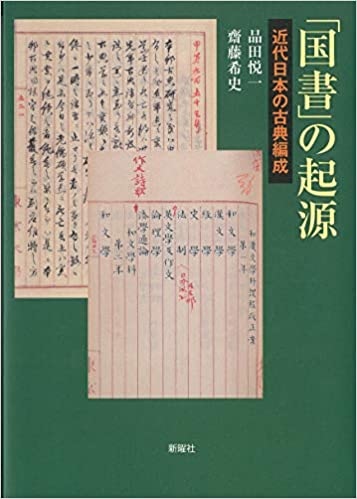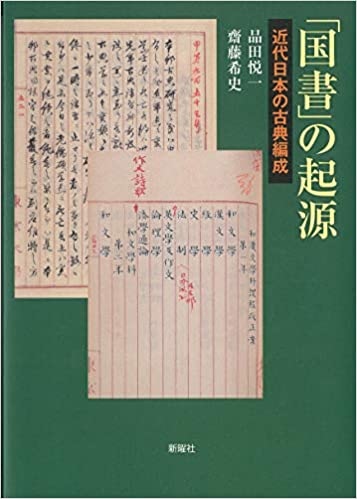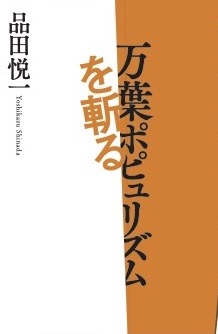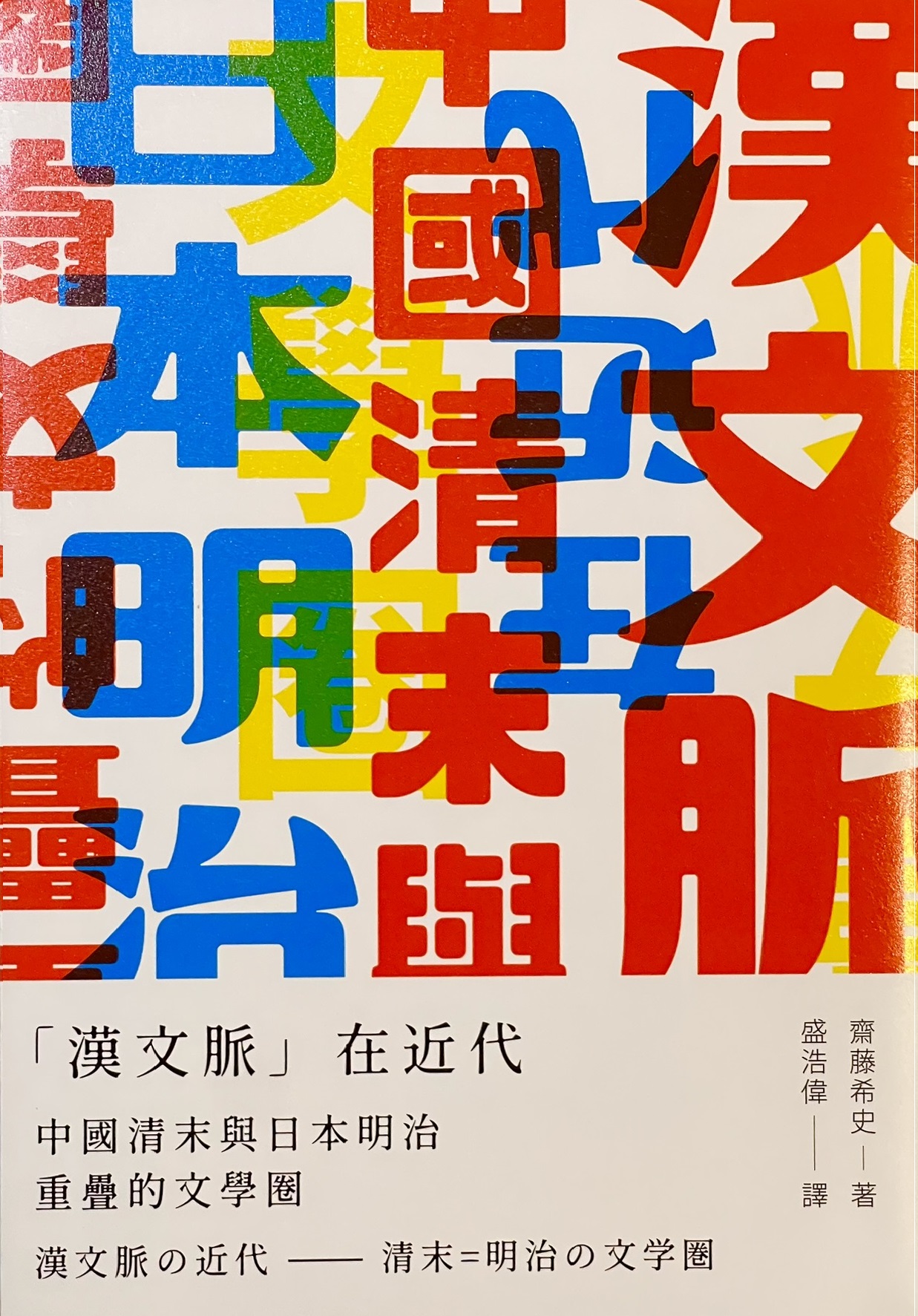
Title
Kokusho no Kigen (The Origin of “National Writings” – The Formation of the Classics in Modern Japan)
Size
240 pages, A5 format
Language
Japanese
Released
September 06, 2019
ISBN
9784788516441
Published by
Shinyosha
Book Info
See Book Availability at Library
Japanese Page
The Origin of “National Writings”: The Formation of the Classics in Modern Japan is an enlargement of the booklet Kokugaku and kangaku in Modern Japan: on the Training Course for Classics at the University of Tokyo. The latter was coauthored Saitō Mareshi and myself and published in 2012 as part of the activities of the University of Global Centers of Excellence: University of Tokyo Center for Philosophy. Of the six chapters in the new book, the first two are a continuation, with some parts revised, of the earlier publication, while Chapters 3-6 contain additional material specific to the publication of this later work. Chapters 1, 4, and 6 are by myself, and Chapters 2, 3, and 5 are by Saitō.
Various books written in both vernacular Japanese (wabun) and literary Sinitic (kanbun) formed a single intellectual resource in the premodern era. However, the beginning of the modern period saw the development of a position that only recognized texts written in vernacular Japanese as “National Writings” (kokusho). This made it seem as though “Chinese Writings” (kansho) were discarded, but in truth, they continued to exist as an indispensable resource for the formation of the Modern Japanese language. This book identifies the complex trends related to National Writings and Chinese Writings as a problem of the formation of the classics in modern Japan and investigates them from multiple angles. What follows is an introduction to the sections that I authored.
Chapter One probes the rationale for the establishment of the Classics Course, which was formed as an associated organization of the University of Tokyo Faculty of Letters in 1882. Based on his extensive survey of primary sources, Fujita Taisei has hypothesized in his voluminous Kindai kokugaku no kenkyū (Research on Modern National Learning) that the Course was “an organization for training national learning (kokugaku) scholars.” However, considering the simultaneous establishment of a “Department of Chinese Writings” with the “Department of National Writings” and the fact that the Course was established in 1882 but dissolved shortly thereafter, it is necessary to comprehensively evaluate what the Meiji state and the University of Tokyo/Imperial University sought from Japanese and Chinese literature as academic knowledge. To come straight to the point, the sources strongly hint that the 1881 Political Crisis was the focal point of the problem. As the schedule for creating a constitutional body for the Empire approached, the need emerged to reappraise Japanese cultural “traditions” as a premise for transplanting Western systems and products of civilization, and for dressing up these traditions as if they had been reappraised. At this moment, the intellectual accumulations of Japanese learning and Chinese learning were mobilized. The Imperial University that was inaugurated in 1886, however, had no intention of developing national learning as it had existed in the past. Rather, the legacy of national learning was absorbed by national literature as a modern intellectual field and ended up being recombined at the hands of talented individuals who studied Japan, China and the West.
The fourth chapter pursues the legacy of Haga Yaichi. The field of national literature began with the ascertainment of the national character as its mission, and Haga is a representative figure from those pioneering days. In his effort to break through a dilemma that was haunted by the concrete issue of compiling a history of popular national literature, Haga praised folk legends and paved the way for later folklore studies.
Chapter 6 ascertains the journey that the Man’yōshū has taken in the modern guise of a national poetry anthology from the mid-Meiji period until the first year of Reiwa, 2020. This is in some ways a compact summary of the arguments made in my 2001 book Man’yōshū no hatsumei, but some new ideas have been added about the pre-war Showa period and postwar era that were not fully developed in the earlier work.
(Written by SHINADA Yoshikazu, Professor, Graduate School of Arts and Sciences / 2021)
Table of Contents
Chapter 1: National Learning and National Literature: The Historical Nature of the University of Tokyo Classics Course
Chapter 2: The Crossroads of Chinese Studies: Establishment of the Chinese Texts Section of the Classics Course
Chapter 3: Chinese Writing and Asia: The Paths and Plans of Okamoto Kansuke
Chapter 4: Compilation of a History of National Literature: The Strategies and Achievements of Haga Yaichi
Chapter 5: The Written Style of the State: The Birth of Modern Vernacular Glossing of Chinese-language Texts
Chapter 6: The Modern Man’yōshū: Summary and Outlook of the Past 130 Years
Bibliography
Conclusion



 Find a book
Find a book




